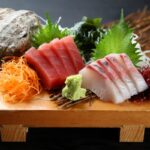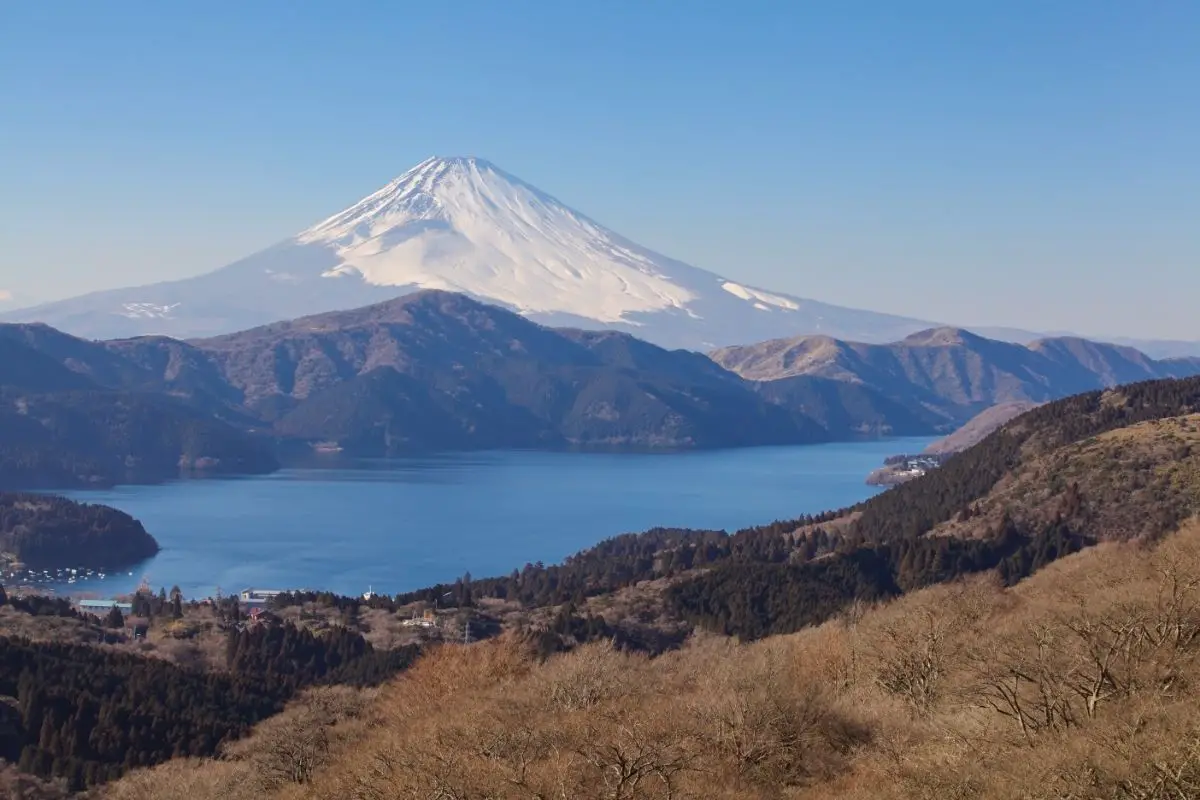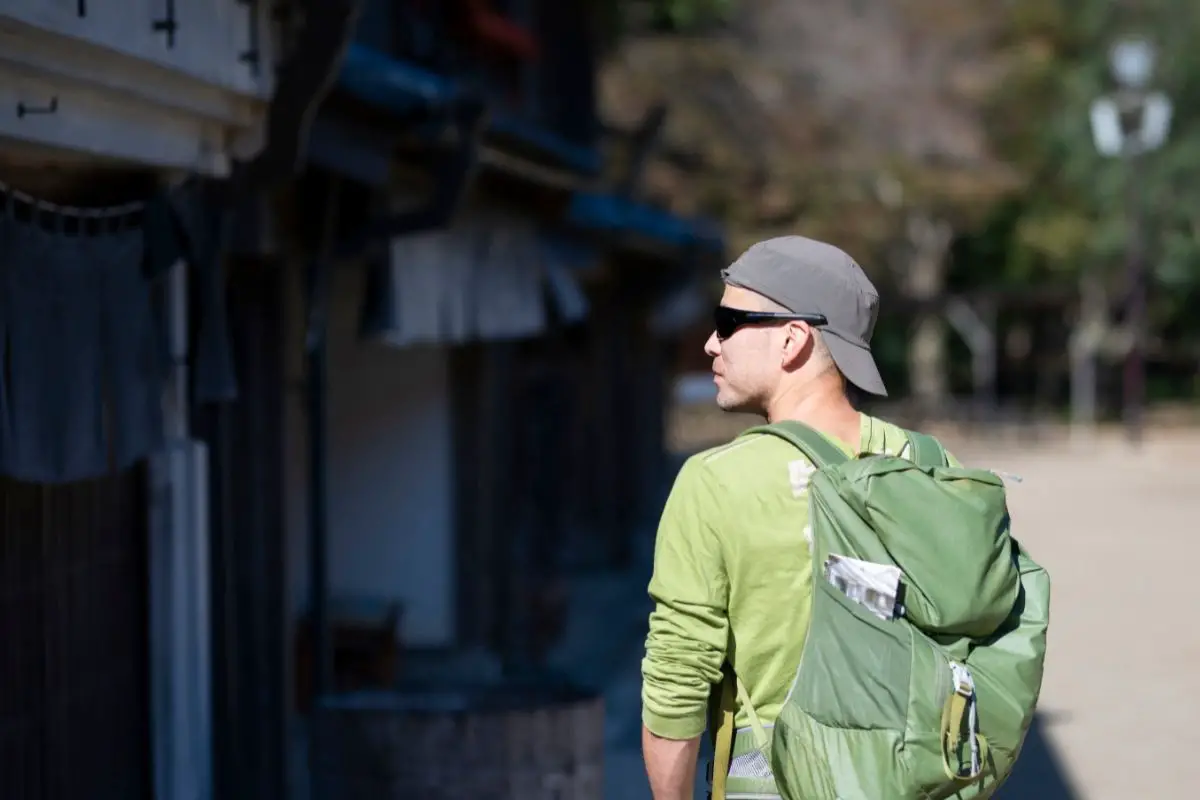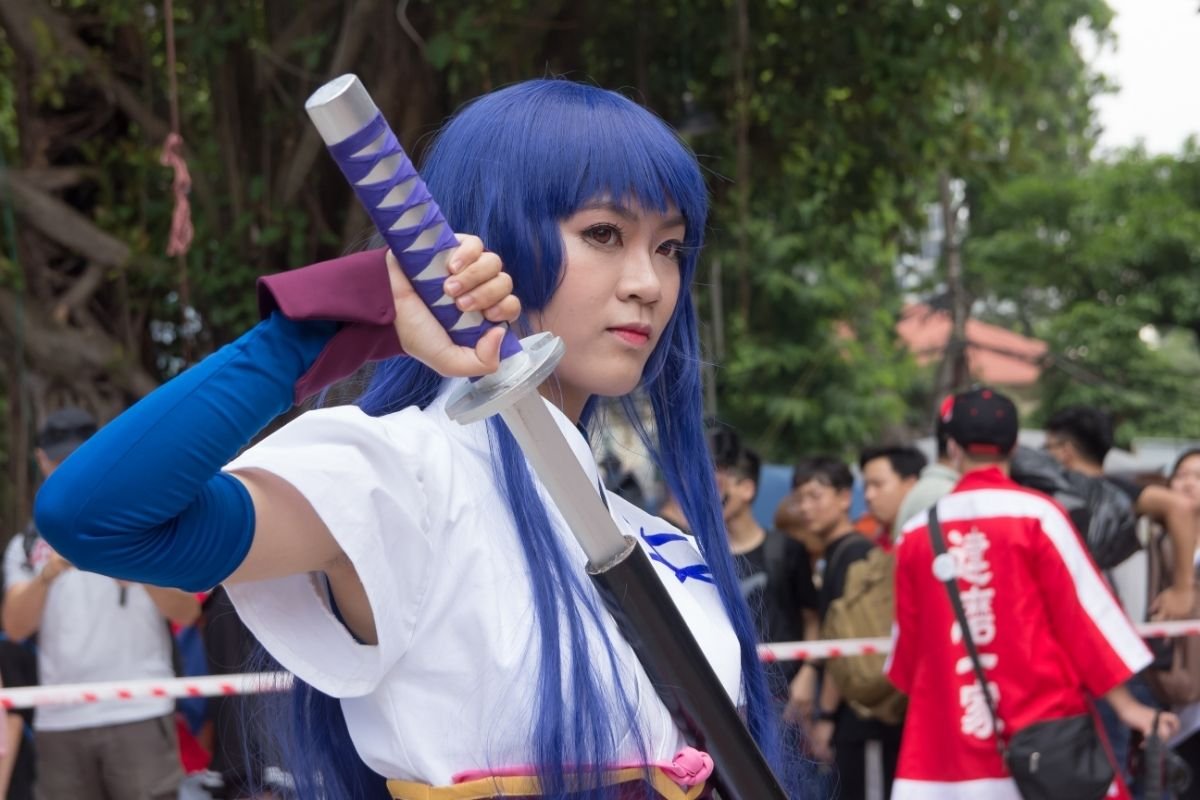If you travel to Japan and go to any place that serves hot drinks, you will probably find something called “hojicha” on the drinks menu.
You can even order a cup of hojicha in the American coffee shop chain Starbucks if you wish.
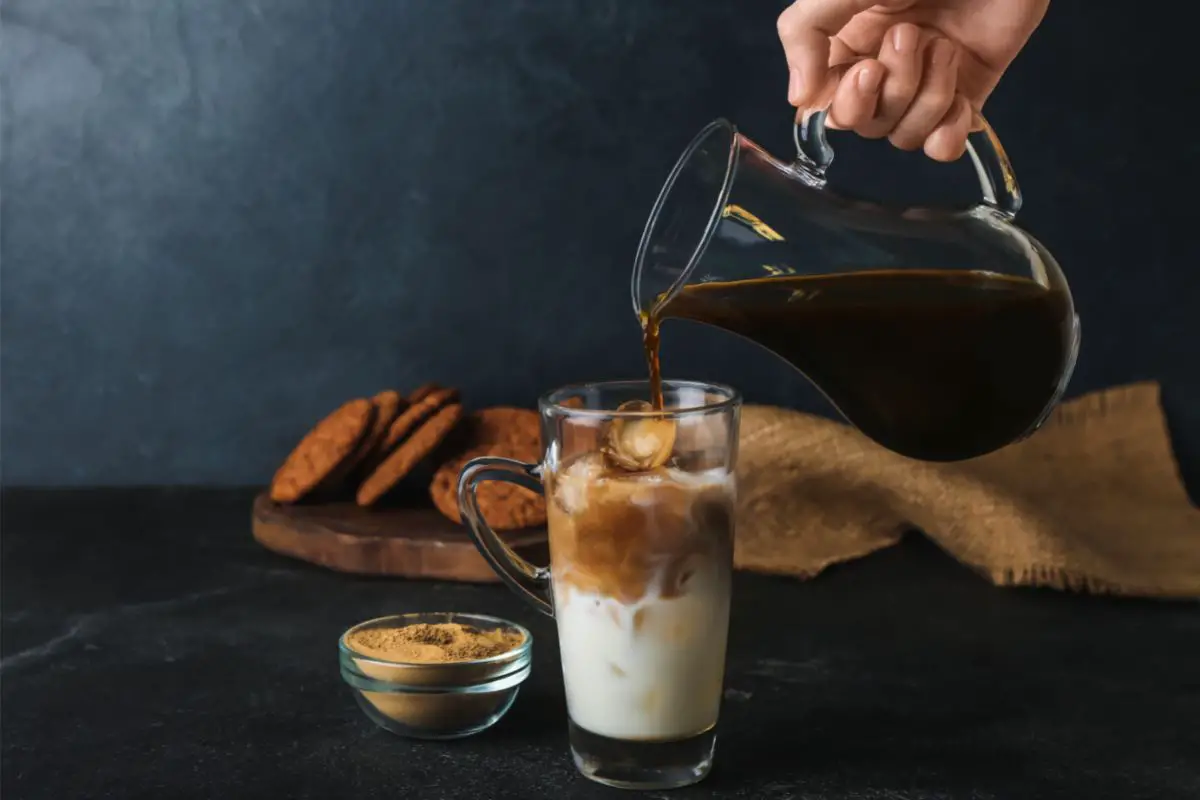
But what is hojicha? What does it taste like? In this article, we will look at hojicha and explain all that you need to know.
Hojicha In Japanese
Let’s begin by looking at how hojicha is written in Japanese. You will commonly see it written as ほうじ茶, but it can also be written as 焙じ茶. The first half of this word, “hoji” means roasted.
Depending on how the Japanese characters are romanized, you might also see it written in the Roman alphabet as “houjicha” instead of “hojicha.” They are both the same.
The last kanji character is 茶 (ちゃ) or “cha” and this means tea. In Japanese, every type of tea has this character included so you will always be able to recognize that a drink is a variety of tea. Here are some examples of other teas in Japanese.
- お茶 (おちゃ – ocha) – tea, usually green
- 抹茶 (まっちゃ – matcha) – powdered green tea
- 紅茶 (こうちゃ – koucha) – black tea
- 緑茶 (りょくちゃ – ryokucha) – green tea
As you can see, they all end with “cha.”
What Type Of Tea Is Hojicha?
Now we know that hojicha is a type of tea, the question is what type of tea is it? Hojicha is a type of green tea and is made by roasting the green tea leaves in a porcelain pot over lit charcoal.
It’s roasted at a temperature of 300 degrees Fahrenheit as this prevents the leaves from oxidizing and gives them a light golden color.
What Is The Difference Between Hojicha And Matcha?
Matcha is another type of tea that is commonly found in Japan and it is also derived from green tea leaves. The two teas are very different in numerous ways, however, so it’s unlikely you will get them mixed up once you know the difference!
Matcha is a fine powder that is bright green in color. As a general rule, the brighter the green is, the better quality the matcha will be. In comparison, hojicha is a reddish-brown color due to the roasting process.
The exact color of hojicha changes depending on when the green leaves are harvested, how long it is roasted, and which leaves were used for the roasting. However, it will also be a reddish-brown and not the bright green of matcha.
When making hojicha and matcha, both processes begin by steaming green leaves to prevent any oxidation and then the leaves are allowed to dry.
Leaves intended for hojicha are then roasted, but matcha leaves are reduced to fine powder by stone grinding them without the roasting step.
What Does Hojicha Taste Like?
The taste of matcha can vary depending on the quality of the leaves used. Low-grade matcha can taste bitter, but the higher-grade matcha that is typically used in tea ceremonies is sweeter with a savory flavor running through it.
Hojicha, however, is naturally sweeter and has a very distinctive smoky taste that is produced by the roasting process. Roasting green leaves removes any bitterness that the leaves can have.
How Much Caffeine Does Hojicha Have?
Hojicha has a low caffeine content compared to many other types of tea. For example, matcha has around 70 mg of caffeine per cup but hojicha only has approximately 8 mg.
Hojica is a great choice for a relaxing cup of tea in the afternoon but isn’t very good at getting your mornings started!
The reason for the low caffeine content is that hojicha is made from parts of the tea plant that have naturally low amounts of caffeine in them.
The roasting process also contributes to a reduction in caffeine as the high heat used breaks the caffeine molecules down.
How Do I Make A Cup Of Hojicha?
Hojicha can be bought either as leaves or as a fine powder. Let’s look at how to prepare both.
Loose Leaf Hojicha
Loose-leaf hojicha is delicate, so it doesn’t need a lengthy brewing time or high heat to make. Place your hojicha leaves into a Japanese teapot or tea infuser and steep in hot water of around 175 degrees Fahrenheit for 30 seconds.
You can leave the tea steeping for longer if you wish as this will make the flavor stronger and bolder. However, if you leave the tea for too long, it may become too bitter and this will ruin the taste.
Like other green teas, hojicha is drunk plain, without the addition of milk, sugar, or anything else. As it has a relatively short brewing time, you can use hojicha leaves up to three times to get the most out of their flavor.
Powdered Hojicha
Powdered teas such as hojicha and matcha take more preparation and tools to make correctly but are worth the additional effort. Begin by pouring hot water into an empty chawan, or tea bowl, to heat it.
Once heated, discard this water. Take your hojicha powder and sift it through a strainer into your bowl. Using the strainer will remove any large lumps from your powder and should leave you with a fine and consistent powder.
You can then add hot water of around 175 degrees Fahrenheit into the bowl. To ensure that the powder dissolves fully, you should use a bamboo whisk and keep whisking until a layer of foam is produced.
Final Thoughts
Hojicha is a form of green tea that is made by roasting green tea leaves at a high temperature. It is reddish-brown in color and can be bought in either loose-leaf or powdered versions. It’s naturally low in caffeine and has a sweet but smoky taste.
`Hojicha is a delicious and relaxing type of tea that we hope you get to try during your time in Japan.
- Transport in Japan: Exploring Buses, Public Transportation, Railways, Bicycles, and Major Cities - April 3, 2024
- Exploring Japan: Prefecture and Regions of Japan - April 3, 2024
- Travel Guide: Visiting Mount Koya (Koya, Mount Koya, Koyasan) – A Pilgrimage to the Spiritual Heart of Wakayama in Kansai, Japan - April 2, 2024


